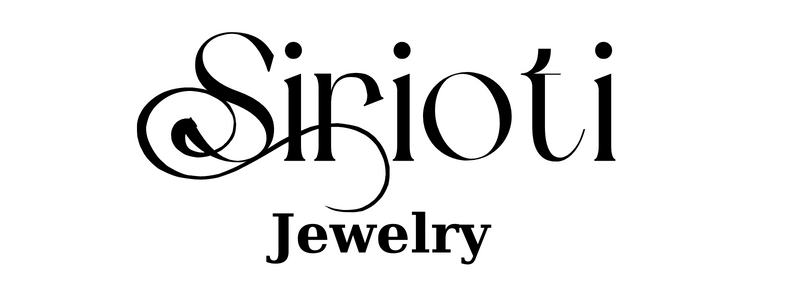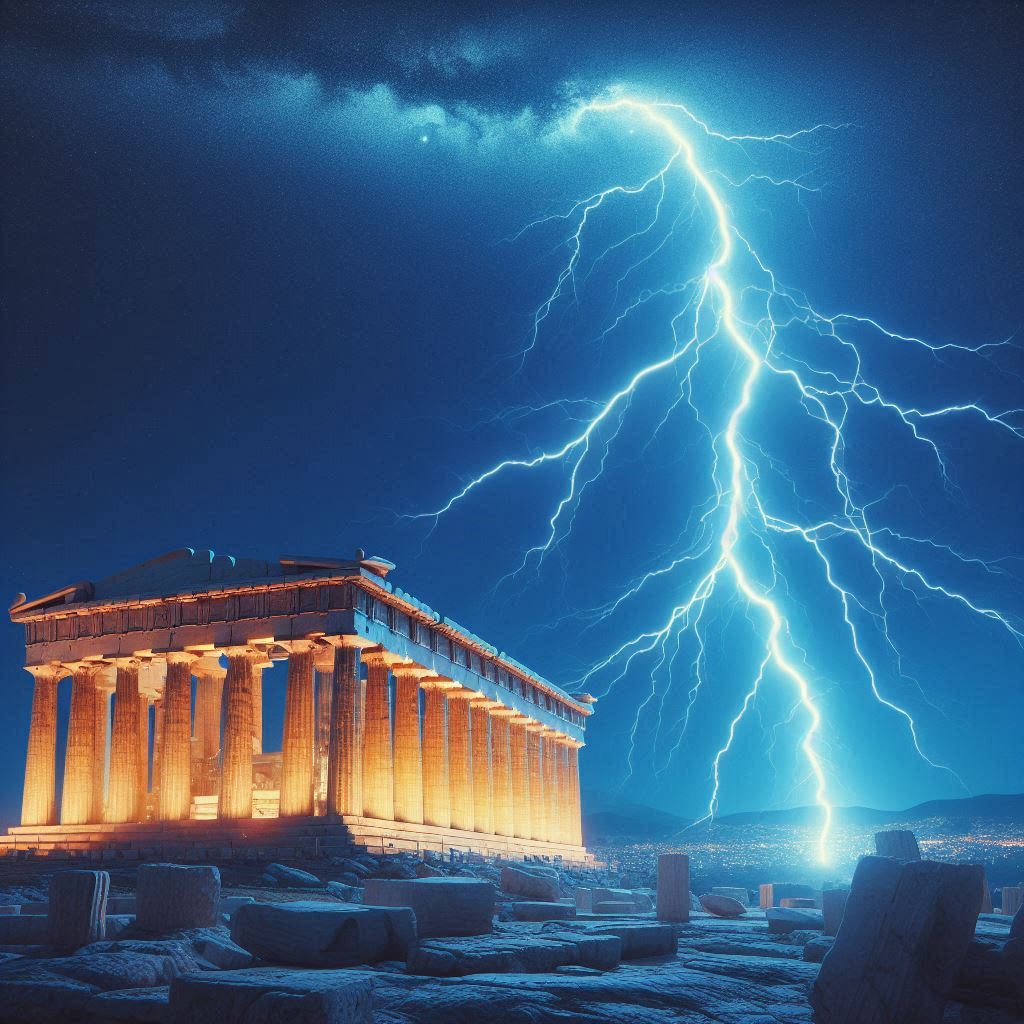Table of Contents
- Introduction
- The Origins of the Thunderbolt
- The Thunderbolt in Mythology
- The Thunderbolt in Art and Culture
- Conclusion
Introduction
Zeus, the ruler of Mount Olympus and the king of the Greek gods, is famously associated with his thunderbolt. This powerful weapon is not only a symbol of his authority but also a central element in numerous myths and stories. In this blog post, we’ll explore the origins, significance, and impact of Zeus’ thunderbolt.
The Origins of the Thunderbolt
Mythological Creation
The thunderbolt of Zeus is a product of divine craftsmanship. According to myth, the thunderbolt was forged by Hephaestus, the god of blacksmithing and craftsmanship. Assisted by the Cyclopes, who were renowned for their skill in metalwork, Hephaestus created the thunderbolt in his fiery forge. This weapon was crafted to symbolize and channel Zeus' supreme power and authority.
Symbolism and Power
Zeus’ thunderbolt represents his dominion over the heavens and his role as the enforcer of divine justice. It symbolizes his ability to control the elements, particularly lightning and thunder, and serves as a reminder of his ultimate authority over gods and mortals. The thunderbolt is not just a weapon but a divine instrument of power.
The Thunderbolt in Mythology
The Titanomachy
The thunderbolt played a crucial role in the Titanomachy, the epic war between the Titans and the Olympian gods. Zeus wielded the thunderbolt to overthrow the Titans and establish his rule over the cosmos. The weapon was instrumental in securing victory for the Olympians and solidifying Zeus’ position as the supreme deity.
Zeus' Justice and Wrath
Zeus used the thunderbolt to enforce justice and punish those who defied the gods. The weapon was a tool for divine retribution, striking down those who incurred Zeus' wrath. It served as a reminder of the gods' power and their ability to maintain order in the universe.

The Thunderbolt in Art and Culture
Depictions in Ancient Art
In ancient Greek art, Zeus is often depicted holding or wielding the thunderbolt. These representations emphasize his role as the king of the gods and the embodiment of divine authority. Statues, pottery, and reliefs from antiquity frequently showcase Zeus with his iconic weapon.
Modern Interpretations
In modern culture, Zeus' thunderbolt continues to captivate the imagination. It appears in various forms of media, including films, literature, and art, often symbolizing raw power and divine intervention. The thunderbolt remains a powerful symbol in contemporary interpretations of Greek mythology.

Conclusion
Zeus’ thunderbolt is much more than a mere weapon; it is a profound symbol of divine authority and the power of the king of the gods. From its creation by divine craftsmen to its role in epic myths and modern culture, the thunderbolt continues to embody the essence of Zeus’ power and influence. Its enduring legacy highlights the importance of mythology in understanding the human experience and the divine.
Interested in Greek mythology and history? Click here


